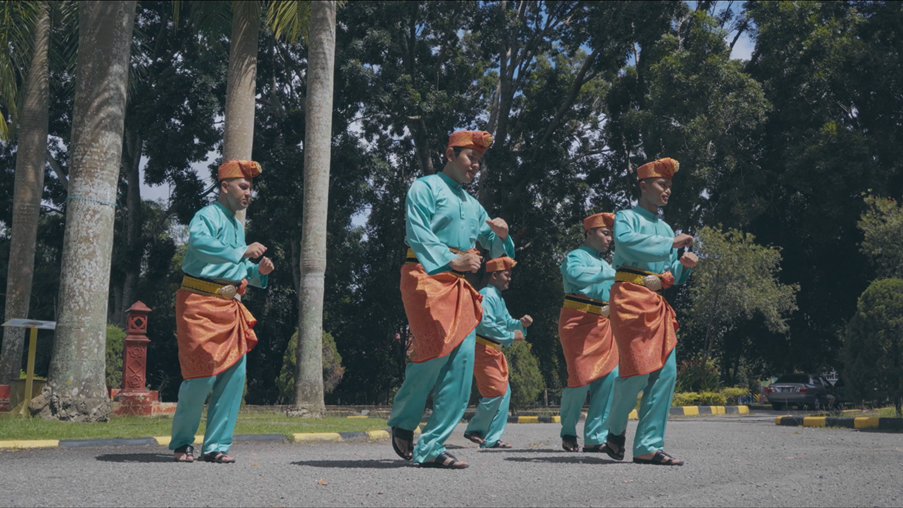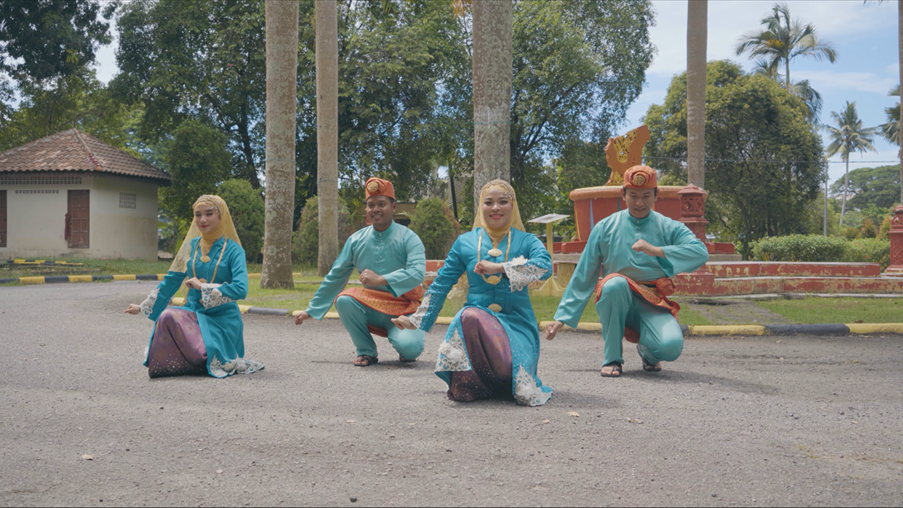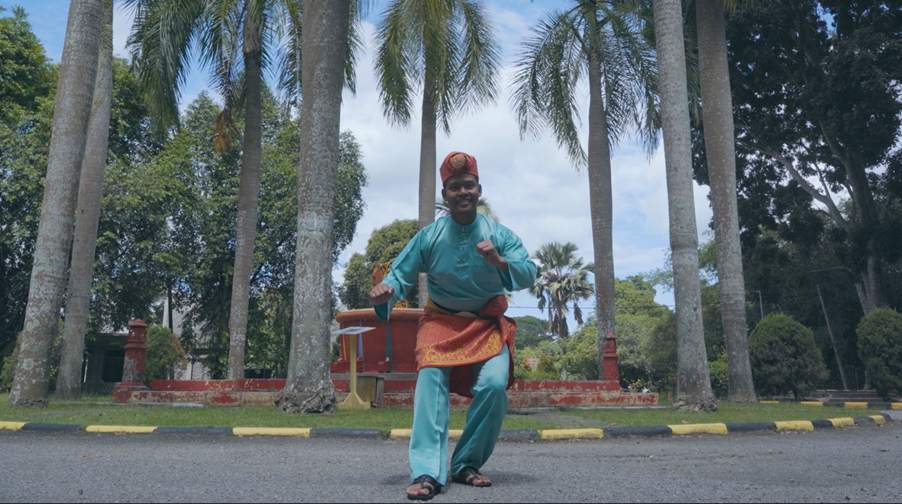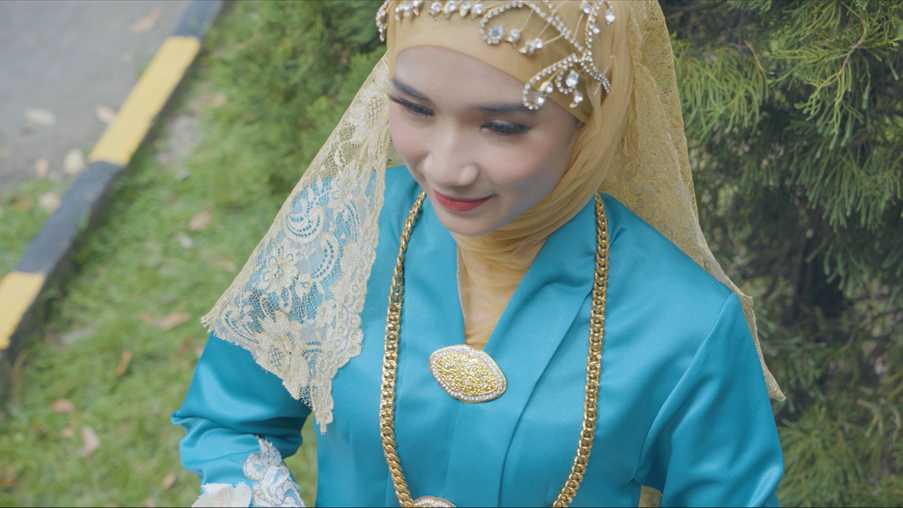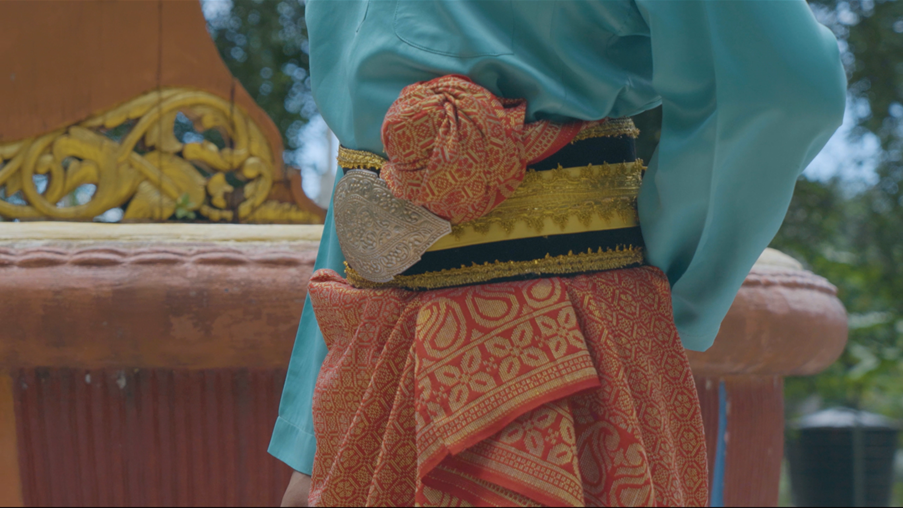ARTS AND CULTURE INFORMATION GATEWAY
Immerse yourself in the colorful world of art and culture! From traditional heritage to contemporary works, discover uniqueness that reflects the nation's identity and identity
TARIAN ZAPIN SALOR
Picture
8
Video
Available
Today's Visitor
96
Number of Visitors
1093
Introduction and history
Tarian Zapin is a Malay dance adapted from one of the world’s richest heritages, the Arab-Persian art. Zapin is an Arabic term, zafn, which means dance (Kamus Besar Arab-Melayu, Dewan Bahasa Pustaka: Kuala Lumpur). The dance is said to have been introduced to Kampung Salor, Pasir Mas, Kelantan (thus the name) around 1900 by Arab traders and preachers. To be specific, it was brought by a merchant, Sheik Muhammad. The dance then was popularised by a local choreographer, Tengku Mahmud.
Initially zapin salor was for the pleasure of these settler traders and preachers. But after watching its elegance, the dance eventually captured the heart of the locals, thus adjusted to the Malay culture, and became a favourite.
Zapin salor moves are slightly different from that of Johor zapin. The zapin salor holds four moves: the 'elbow out', 'semerah', 'gelambang' and 'wainab' or 'Mokwan Jenab'.
Way back then, the locals were a little nonchalant about zapin due to its slow nature. But presently it gained popularity as it is fashioned to a faster beat, more energetic and sprightlier, which is suitable for male dancers. At times it is also danced by female dancers.
To close, the tarian zapin salor is a heritage Malay dance of Kelantan which should be safeguarded for future generations.
At present, the role of tarian zapin salor is to entertain at public events.
Male dancers wear the ’cekak musang’ Malay clothes, a ’samping’, and a headgear, the Getam Budu. Their attire is enhanced with a bengkung (a wide belt made of fabrics). Their headgear is at times adorned with pendants and brooches.
While the female don ’baju kurung or ’kebaya kurung’, with the ’dokohs’ (three-tier necklace having three plate- shape precious metals). The accessories add to the grace of the dancers, thus the dance.
The instruments required are accordion, violin, ’gambus’ (short-necked lute), tambourine and ’marwas’.
It is danced in groups of either men or women, or both men and women.
Reference Source
i.
Bahan
Bacaan: Tokoh Tarian Zapin Salor dan Zapin Hanuman Salor Mahu Pertahankan
Warisan Bangsa Untuk Generasi Muda (Universiti Malaysia Kelantan), 2020
Dewan Bahasa Pustaka.
(2000). Kamus Besar Arab-Melayu: Kuala Lumpur.
Ibnu Manzuur. (1994).
Lisaanul Arab.
Mu’jam Asasi
Location
State JKKN Contact Information
Encik Wan Mohd Rosli bin Wan Sidik
Cultural Officer
Jabatan Kebudayaan dan Kesenian Negara, Kelantan
Kompleks JKKN Kelantan
Lot 1993, Seksyen 49,Tanjong Chat,
15200, Kota Bharu,
KELANTAN DARUL NAIM
09-741 7000
Use the form below to contact the Informant/Figure/Editor/Researcher directly. We will respond to your inquiry as soon as possible!

 Jabatan Kebudayaan dan Kesenian Negara, Kelantan
Jabatan Kebudayaan dan Kesenian Negara, Kelantan

